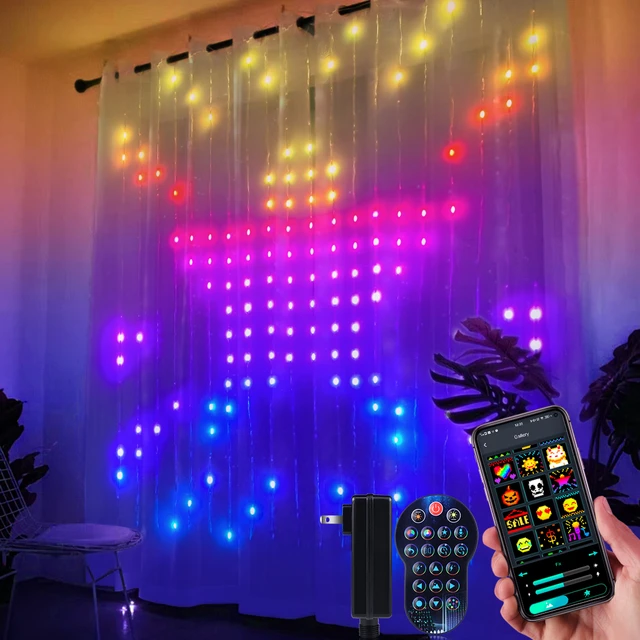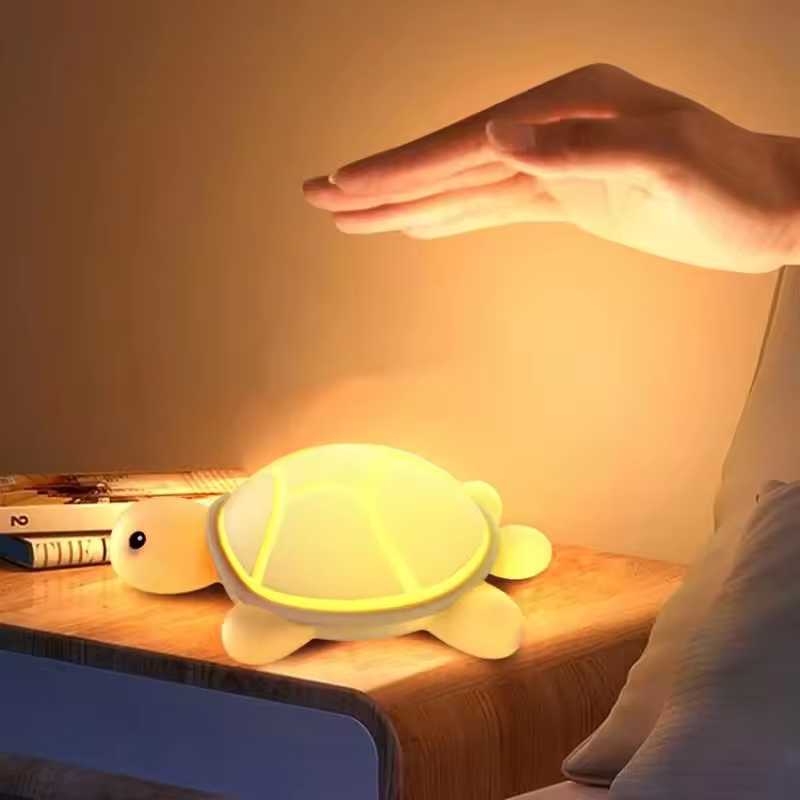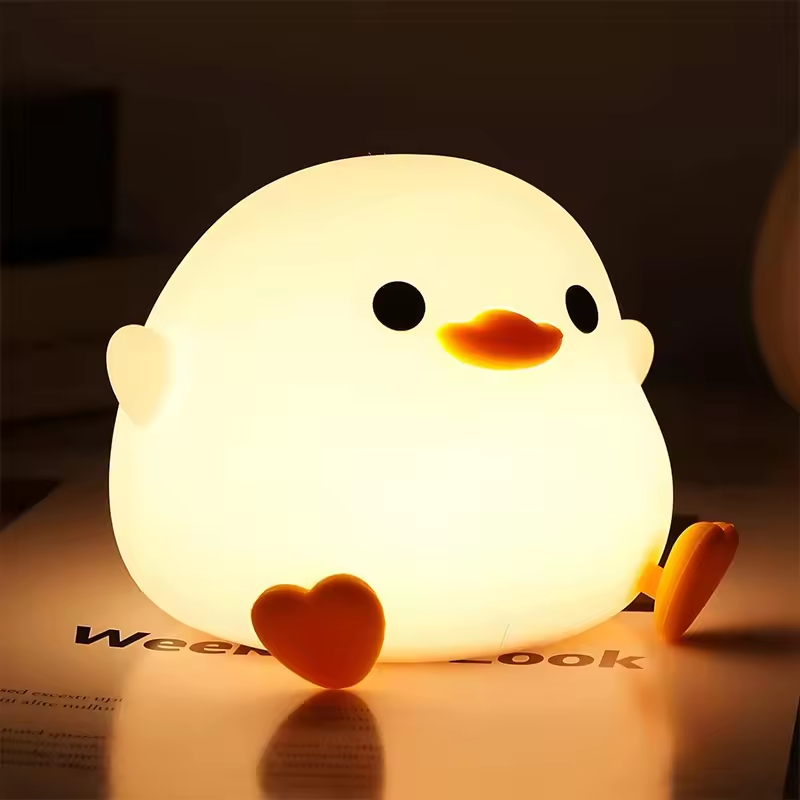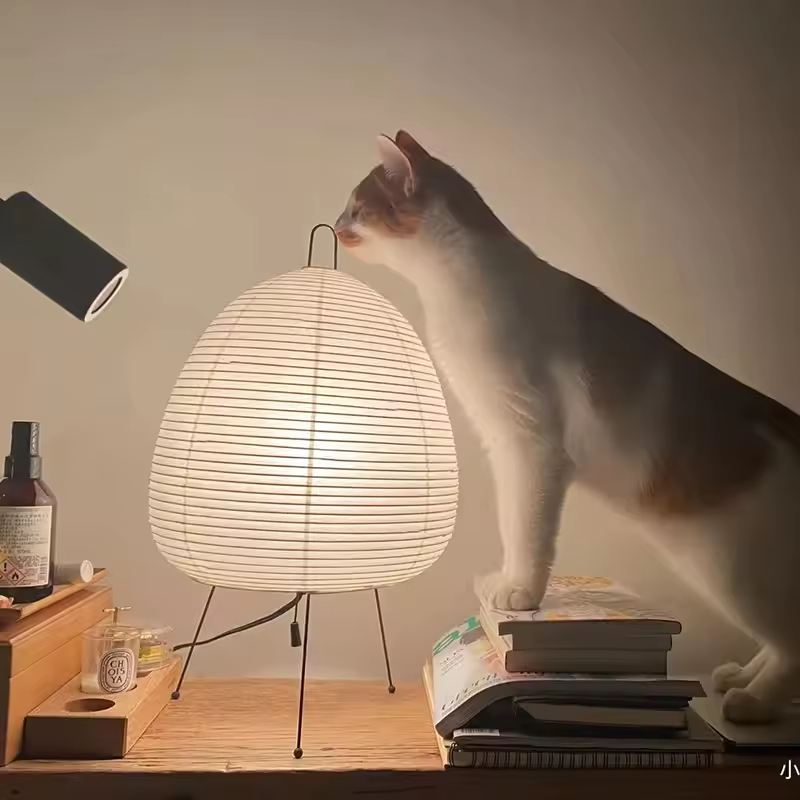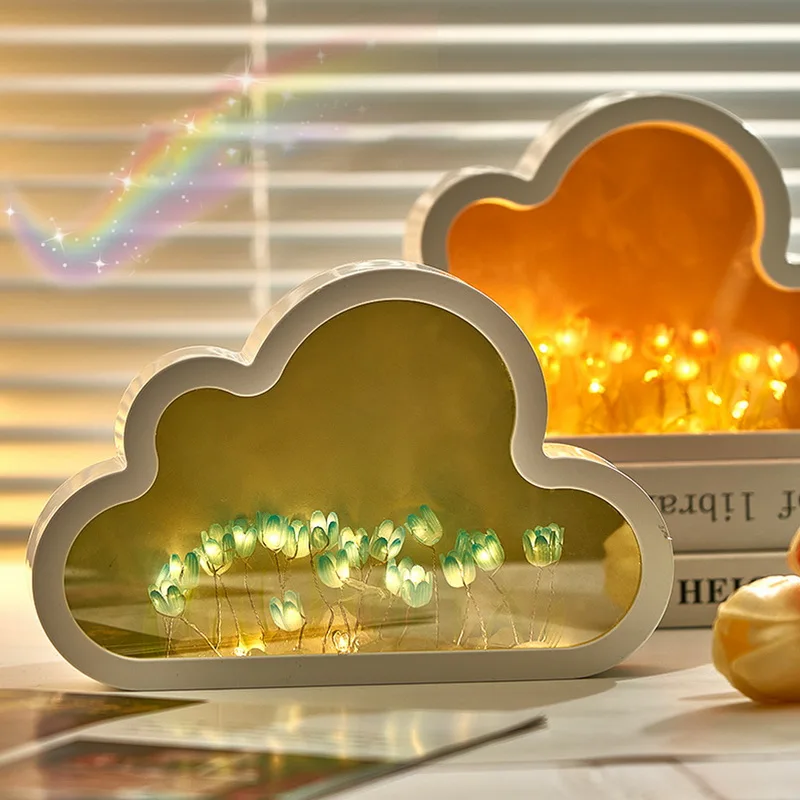 Introduction:
Introduction:
DIY LED lights are a popular choice for crafters, hobbyists, and even homeowners looking to add a touch of unique illumination to their spaces. LED lights are energy-efficient, long-lasting, and versatile, making them perfect for a wide range of DIY projects. In this comprehensive guide, we will explore the benefits, types, and steps for creating your own DIY LED lights. With simple and short sentences, you’ll discover how to bring illumination to your projects and unleash your creativity.
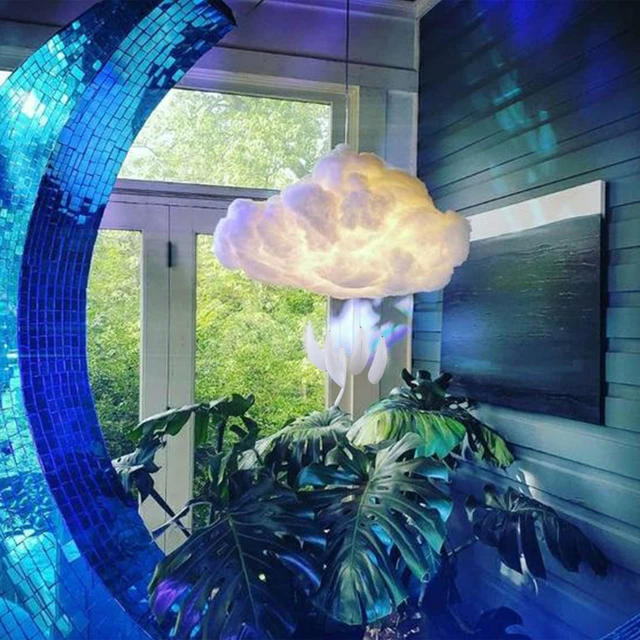 Benefits of DIY LED Lights
Benefits of DIY LED Lights
Energy Efficiency:
LED lights are highly energy-efficient, consuming less power and reducing electricity bills compared to traditional lighting options.
They help minimize environmental impact due to their low energy consumption.
Long Lifespan:
LED lights have a long lifespan, often lasting for tens of thousands of hours.
This longevity reduces the need for frequent replacement, saving both time and money.
Versatility:
DIY LED lights come in various sizes, colors, and forms, allowing for endless creative possibilities.
They can be incorporated into home decor, costumes, artworks, or even automotive modifications.
Some benefits of DIY LED light projects:
DIY LED light projects offer several advantages and can be a rewarding and creative endeavor. Here are some benefits of DIY LED light projects:
Cost-Effective:
DIY LED light projects can be more cost-effective compared to purchasing pre-made LED light fixtures or systems. By sourcing individual LED components and materials and assembling them yourself, you can potentially save money while still achieving the desired lighting effect.
Customization:
DIY LED light projects allow for complete customization. You have the freedom to choose the specific LED colors, brightness levels, and even create unique lighting patterns or effects to suit your preferences and needs. This level of customization ensures that the lighting matches the desired ambiance and design of your space.
Learning and Skill Development:
Engaging in DIY LED light projects provides an opportunity to learn about electronics, circuitry, and LED technology. You can develop new skills and knowledge in surface mounting, soldering, wiring, and programming LED controllers. This hands-on experience can be educational and empowering.
Flexibility and Adaptability:
DIY LED light projects offer flexibility in terms of installation and adaptation. You can design and construct LED lighting solutions that fit specific spaces, sizes, or shapes. Additionally, you can easily modify or expand your DIY LED system in the future as your needs or preferences change.
Personal Satisfaction:
Creating something with your own hands can be immensely satisfying and fulfilling. DIY LED light projects allow for self-expression, creativity, and the joy of completing a project that enhances your living space.
Energy Efficiency:
LEDs are known for their energy efficiency, as they consume less power compared to traditional light sources. By selecting energy-efficient LED components and designing efficient circuitry, DIY LED light projects can contribute to reducing energy consumption and lowering utility bills.
Environmental Benefits:
LED lights are more environmentally friendly than conventional lighting options. They have a longer lifespan, reducing the need for frequent replacements and waste generation. Additionally, DIY LED projects often utilize eco-friendly materials and components, such as recyclable circuit boards and low-toxicity soldering materials.
Types of DIY LED Lights
LED Strips:
LED strips consist of multiple small LEDs mounted on a flexible strip, making them easy to install and bend around corners or objects.
They come in various lengths and can be cut to fit specific project requirements.
LED Bulbs:
LED bulbs are a versatile option for DIY lighting projects, available in different bases and wattages.
They can be used to create custom fixtures, accent lighting, or decorative pieces.
LED Fairy Lights:
LED fairy lights are popular for creating ambiance, adding sparkle to events or creating whimsical displays.
They are available in various shapes and lengths, such as string lights or curtain lights.
Steps to Create DIY LED Lights
Determine the Project:
Decide on the purpose and design of your DIY LED lights.
Plan whether you want to create a lighting fixture, an accent piece, or incorporate the lights into an existing project.
Select the LED Lights:
Choose the right type and color of LED lights based on your project requirements.
Consider factors such as brightness, power source, and any additional features like color-changing or dimming capabilities.
Prepare the Materials:
Gather the necessary materials and tools, including LEDs, wiring, connectors, and any other components specified in your chosen project.
Connect and Assemble:
Follow the manufacturer’s instructions and wiring diagrams to connect the LEDs to the power source or controller.
Secure the LEDs and components in place using adhesives, soldering, or other appropriate methods.
Test and Fine-tune:
Test the lights to ensure they are functioning properly and to make any necessary adjustments.
Fine-tune the brightness, color, or effects if your LED lights offer customizable settings.
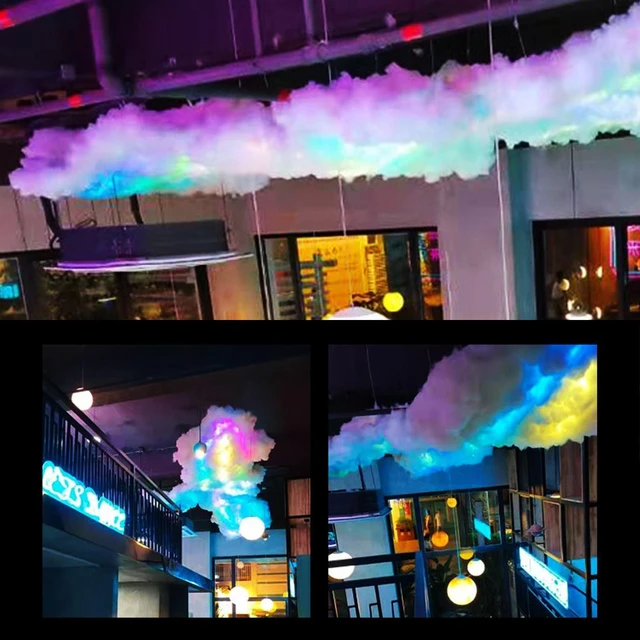 Safety and Precautions
Safety and Precautions
Power Source:
Choose an appropriate power source and ensure it matches the voltage requirements of your LED lights.
Follow electrical safety guidelines and avoid overloading circuits.
Heat Dissipation:
LEDs generate heat during operation, and proper heat dissipation is important to maintain their lifespan and prevent damage.
Ensure sufficient ventilation and consider the use of heat sinks or cooling fans in enclosed projects.
Waterproofing:
If using LED lights outdoors or in areas prone to moisture, ensure appropriate waterproofing measures.
Use weather-resistant casings or coatings to protect the LEDs and their electrical connections.
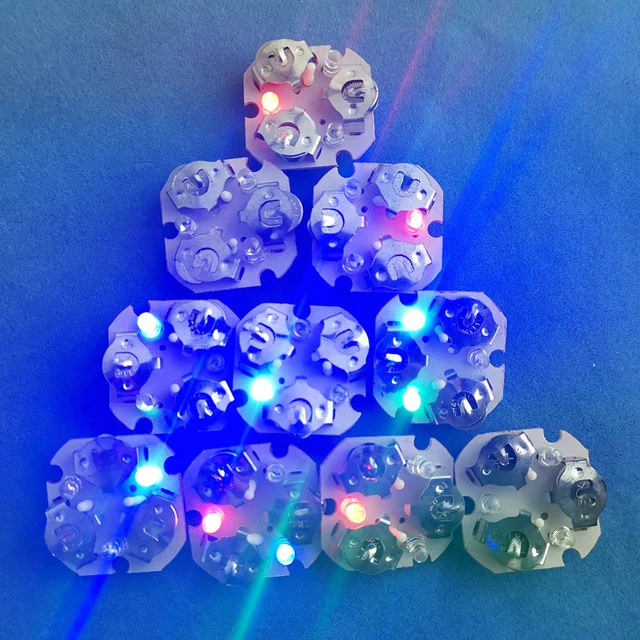 Some common colors of LED lights:
Some common colors of LED lights:
LED lights are available in a wide range of colors, allowing for various lighting effects and ambiance. Here are some common colors of LED lights:
Warm White:
Warm white LED lights emit a yellowish-white hue and create a soft, cozy, and inviting atmosphere. They closely resemble the warm glow of traditional incandescent bulbs and are often used in residential spaces like living rooms, bedrooms, and dining areas.
Cool White:
Cool white LED lights emit a bright, white light with a slight blue tint. They produce a crisp and clean illumination, making them suitable for work areas like kitchens, offices, and bathrooms. Cool white LEDs are commonly used in task lighting since they provide good visibility and color accuracy.
Daylight White:
Daylight white LED lights mimic natural daylight, offering a balanced and neutral white light that closely resembles sunlight. They provide a more energetic and vibrant illumination, making them ideal for spaces where accurate color rendering is required, such as art studios or retail stores.
Color Changing/RGB:
Some LED lights are capable of changing colors, typically using Red, Green, and Blue (RGB) LEDs. These lights can be programmed or controlled through apps or remote controls. They allow for a variety of colors and lighting effects, making them suitable for creative lighting designs or mood lighting in entertainment areas.
Blue:
Blue LED lights emit a cool and calming light. They are often used for decorative purposes, in aquariums, or to create a relaxing ambiance in spas or wellness spaces.
Green:
Green LED lights produce a soothing and natural tone. They are commonly used for accent lighting, landscaping, or to create a calming atmosphere in relaxation areas.
Red and Amber: Red and amber LED lights are often used for signaling purposes, such as in traffic lights, emergency exit signs, or brake lights.
It is important to note that the color appearance of LED lights can vary based on factors like the specific brand, color temperature, and surrounding environment. When selecting LED lights, consider the desired atmosphere, purpose, and functionality to choose the appropriate color.
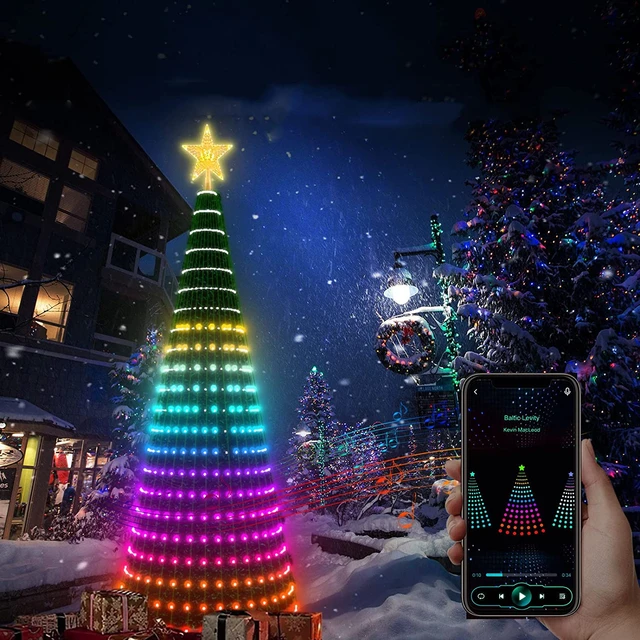 Conclusion:
Conclusion:
DIY LED lights offer a world of possibilities for creative projects, illumination, and ambiance. With their energy efficiency, long lifespan, and versatility, they are a perfect choice for crafters and hobbyists. By understanding the benefits, types, and steps for creating DIY LED lights, you can unlock your creativity and add a touch of personalized illumination to your projects. Remember to prioritize safety precautions, choose the right materials, and enjoy the process of bringing light to your imagination.
